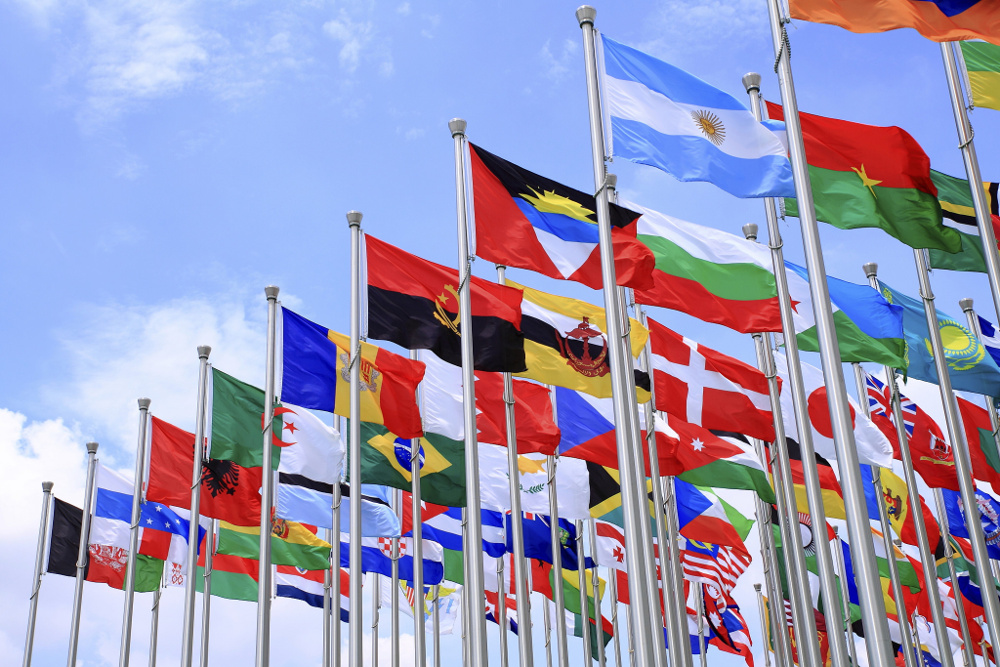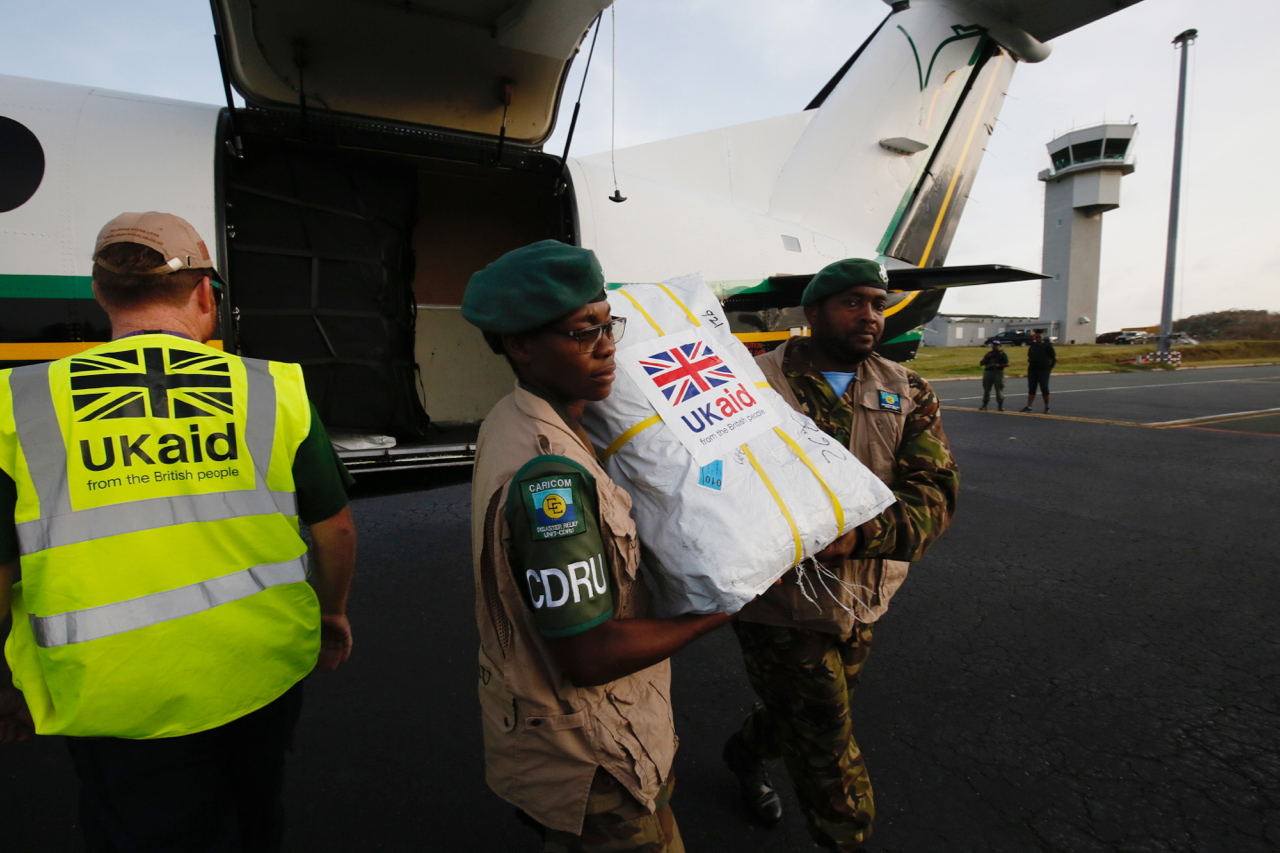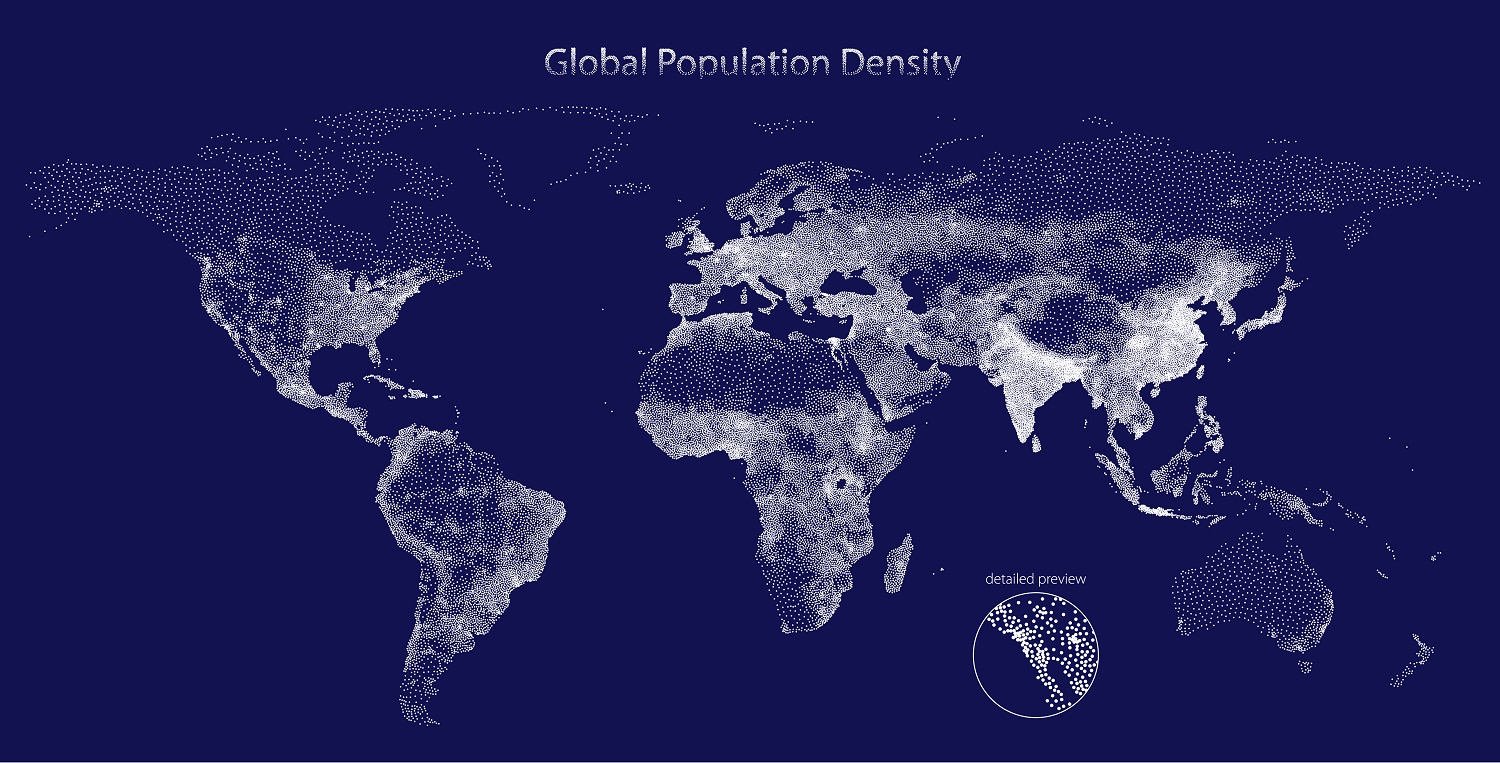Recommended
For 20 years, the Commitment to Development Index has assessed countries' policies and the level of effort they go to in order to contribute to international development. Because development depends on much more than foreign aid, the Index looks at countries’ performance across eight different policy areas. It rewards policies that encourage exchange (such as open trade and migration, and responsible investment), and that support global public goods (of environment, health, security, and technology).
This year’s 20th anniversary publication coincides with the midway point for achieving the Sustainable Development Goals by 2030. But it also occurs against a series of global challenges—not least, Russia’s invasion of Ukraine, an increase in extreme climate-related events, and the aftermath of COVID-19. Each of these crises has an outsized impact on lower-income countries, but also affects high-income countries' focus and the level of resources they have available.
So, which countries are maintaining their commitment to international development; and what are the wider trends we see? We highlight four key findings.
1. Germany is the new G7 leader on development and global challenges, while Sweden’s lead slips for the first time since 2018
Sweden tops this year’s CDI for the fourth time in a row, and also comes first for its policies on development finance, environment, and migration. However, its lead over the next-best performer has shortened, with slight reductions in its overseas development finance (and potentially more to come) and research and development budgets, and increases in its arms exports contributing to this decline
On the CDI’s 20th anniversary, we also look back at countries’ past performance—and we hope there isn’t a parallel between Sweden’s recent streak at the top and the Netherlands’ decline from a similar leadership position following the Global Financial Crisis. The Netherlands topped the index six times between 2003 to 2008 but has not done so since (and now rank 6th).
Figure 1. CDI ranks over time for the original 21 countries
Germany comes second overall and scores best among G7 countries, improving a significant five places since the previous CDI. This partly reflects a substantial increase in its cross-border, grant-equivalent Finance for International Development, which rose from 0.46 percent to 0.61 percent of its gross national income (GNI). (Germany also exceeds the UN target of 0.7 percent using OECD’s broader ODA measure of official development assistance). But Germany is also showing environmental leadership where, on our new measure of climate ambition—which assesses how ambitious 2030 emissions targets are compared to current projections as based on countries’ Nationally Determined Contributions (NDCs)—it was ahead of most countries, including its EU peers.
Figure 2. Planned greenhouse gas emissions reductions in 2030, ordered by highest percentage reduction
Note: ordered from best to worst, by the % reduction which meeting the NDC target represent
Norway ranks third, performing well in development finance, technology and top in investment—but underperforming on trade and environment due to high agricultural subsidies and fossil fuel production. Finland and France complete the top five; the former also tops the health component while the latter scores strongly on its policies supporting investment in developing countries.
The UK fell two places to 7th as its 2021 aid cut was assessed for the first time (it fell out of the top 10 on the development finance component); with its cross-border finance falling by over 50 percent and becoming less focused on the poorest countries. Recent cuts to cross-border spending in order to fund hosting refugees in the UK will mean the UK is likely to fall further down the index in the coming years, perhaps partially offset by more migration from lower-income countries and an improved trade for development regime.
The highest-placed non-European country is Canada, in 10th. Indeed, Canada has improved steadily over the 20 years since the first CDI where it originally ranked 18th (of 21 countries). By contrast, the United States ranked second-last in the original CDI, and today ranks 26th among the 40 countries now assessed—and last among the original 21 countries. South Africa remains the best-positioned of the current BRICS members, as well as the nine middle-income countries assessed by the CDI, ranking 25th overall, and ahead of the US, Brazil, and Türkiye.
2. Russia’s invasion of Ukraine marks a new low for its commitment to development, and challenges the development focus of other countries
It’s clear that Russia’s invasion of Ukraine shows a shocking disregard for international development, with appalling loss of life and damage of Ukraine’s infrastructure and economy. But lower-income countries across the world have also suffered due to spikes in the prices of food and energy, exacerbated by trade restrictions in response. Resources channelled to Ukraine or hosting refugees have also been diverted away from other countries in need.
As for Russia’s assessment, it had already ranked poorly in the CDI, coming within the bottom five ever since its first inclusion in 2020. This has especially been the case on security where, for example, arms exports as a proportion of its income have been worth over six times the CDI median since at least 2014, and these exports have tended to go to poorer, more militaristic, and less democratic countries. This year, in recognition of the adoption of the UNGA resolution condemning Russia’s actions in Ukraine, we adjusted several indicators, in particular by discounting its hosting of Ukrainian refugees and adjusting Russia’s peacekeeping contributions to be negative—though still far short of the $US 411 billion it is estimated to have caused in damages resulting from the invasion (read more about this choice in our methodology). Unsurprisingly, Russia ranks last on this year's index.
3. Central and Eastern European countries are responding to crises, but lack commitment in other areas
Some countries have been forced to step up by receiving refugees, with almost a third of the total across the 40 countries coming from Ukraine. Czechia, Poland, and Slovakia, have each increased their hosting of refugees by over 100-fold since before the war, with the first two now surpassing Germany and Greece for the numbers of refugees hosted relative to the size of their own populations. Even so, these efforts put into context just how significant Türkiye’s ongoing hosting of Syrian refugees is, as it remains the top-ranking country on this indicator, with over 42 refugees hosted per 1,000 population. Though Czechia, Poland, and Slovakia are the three most improved countries on migration this year, they are held back from top spots by their lack of policies to promote domestic integration of migrants in their economies and societies, and lack of participation in international migration-related treaties.
Even so, all three countries have consistently improved their overall performance on the CDI since 2020, in contrast to neighbour Hungary’s steady fall.
Figure 3. Refugee hosting in mid-2022
Note: Ukrainian refugees to Russia are excluded from Russia’s score
4. Gulf countries have improved in some areas, while “emerging economies” are ahead of Europe and the US on sharing technology
One of the countries rising the most since the 2021 CDI is the UAE, which has increased its rank by seven places to 32nd. In part, this reflects greater transparency—reporting data on the number of foreign students in the country for the first time, for example. But it is also a result of “real” policy improvements such as reducing the average tariff rate it applies to imports from low-income countries and publishing a National Action Plan in line with UN Resolution 1325 on Women, Peace, and Security. Saudi Arabia has also improved in some areas; for example, it now tops the CDI for the quantity of development finance it provides relative to the size of its economy (at 0.98 percent of its GNI). That said, the UAE and Saudi Arabia share a number of common weaknesses in their policies around investment (particularly on their approach to business and human rights), security (with low participation in many international security conventions), and the environment (Saudi Arabia and the UAE are the two lowest-scoring countries on this)—despite reductions since the 2021 CDI, the UAE still has the highest greenhouse gas emissions of any CDI country, and is among the biggest producers of fossil fuels.
The UAE also tops our technology component, scoring well especially for policies that encourage the transfer and diffusion of technology with poorer countries, with other “non-traditional” development actors following close behind and surpassing most European countries and the US. The UAE accepts a higher share of foreign students than any other country, with over 70 percent of its student population coming from abroad, and most of these coming from relatively poorer countries. Saudi Arabia and South Africa are this year’s leaders on research collaboration, with their academics co-authoring research with partners from lower-income countries more so than do other CDI countries. Meanwhile, China and Indonesia are assessed as having the most developmentally friendly provisions on intellectual property rights within their free trade agreements with developing countries, while EU countries and the United States are much more restrictive—their agreements tend to go beyond the norm under World Trade Organization rules. Our assessment of technology policies also rewards countries for their support for new knowledge creation, through direct government spending on research and development, and incentivising private research through tax incentives. South Korea —who joined the OECD Development Assistance Committee only in 2010— performs particularly well here, with the highest proportion of its GNI spent on supporting new research.
This reflects a missed opportunity for Europe and the US, as economic growth in the long run depends on trade and shared technological progress.
Global challenges are inhibiting development
As countries respond to global challenges—climate change, security and Russia’s war, and hosting refugees—they will need to find ways to step up their contribution while recognising that lower-income countries are often facing even greater needs. The CDI is a tool for tracking those contributions alongside countries’ commitments to development goals.
Disclaimer
CGD blog posts reflect the views of the authors, drawing on prior research and experience in their areas of expertise. CGD is a nonpartisan, independent organization and does not take institutional positions.





